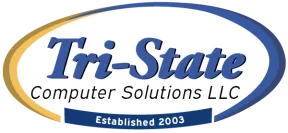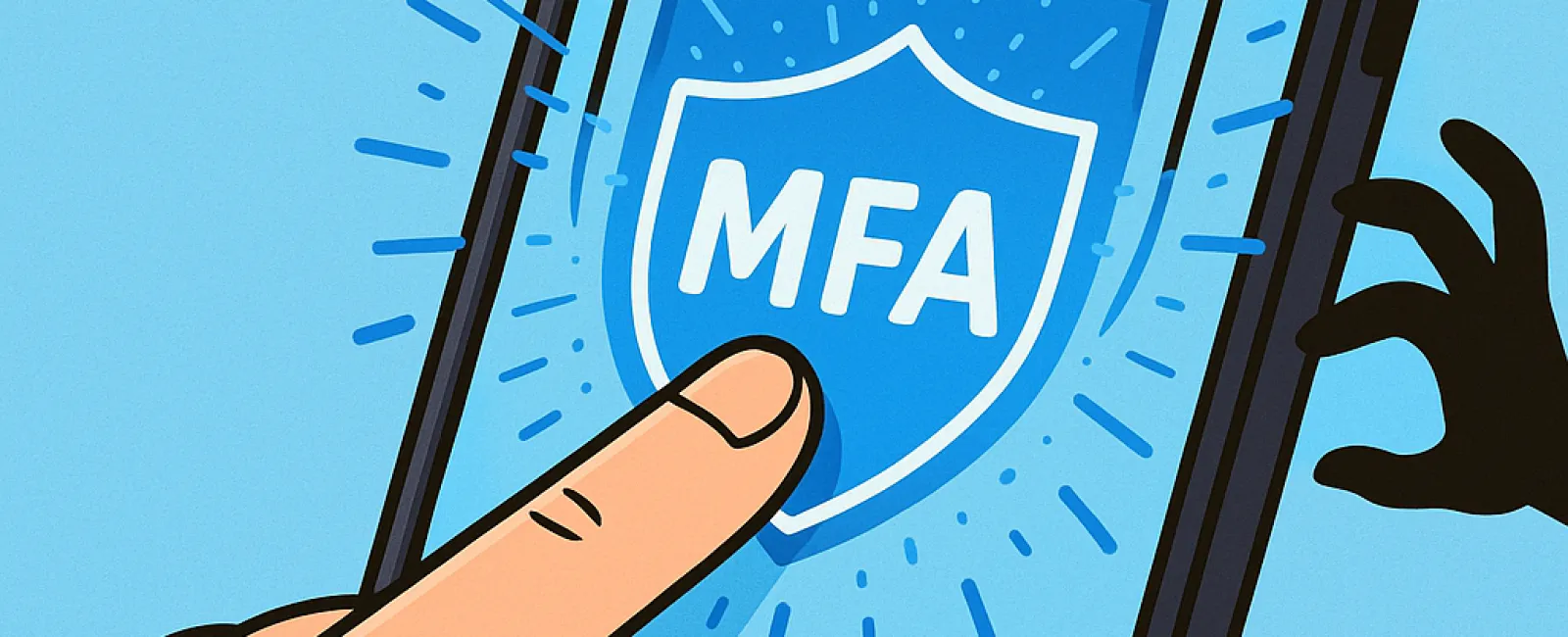October 27, 2025
Just like you wouldn't drive without buckling your seat belt or leave your office doors unlocked overnight, securing your online accounts without multifactor authentication (MFA) is equally risky.
MFA acts as a vital second barrier protecting your digital world. Instead of depending solely on passwords—which can be easily stolen, guessed, or phished—it adds an additional safeguard like a text message code, authentication app, or fingerprint verification. So, even if your password falls into the wrong hands, hackers hit a brick wall without that crucial second step.
A Simple Extra Step That Elevates Your Security
Think of your password as the lock on your front door, and MFA as activating a security system before bedtime. While not mandatory, this extra layer ensures you're protected even if one defense falters.
MFA adds a quick, seamless step to verify your identity upon login. Known by names like "two-step verification," "two-factor authentication," or "one-time password," it means confirming your identity through two or more methods before accessing sensitive information.
MFA can take many forms—including confirmation emails during account setup, security questions for banks, text codes, push notifications, or phone calls—with most requiring just a simple tap to verify.
How MFA Shields You in Real-Life Scenarios
On your end, MFA is quick and user-friendly, often just entering a code or clicking a button. For hackers attempting unauthorized access, it's a major roadblock. If someone tries to break into your account, MFA triggers an alert or code prompt, giving you early warning of a breach and a chance to update your password before any data is compromised.
Furthermore, MFA thwarts unauthorized use of stolen passwords. Even if an employee's credentials are tricked out of them, attackers can't proceed without completing the secondary authentication. In fact, Microsoft reports that enabling MFA decreases the risk of account breaches by more than 99.2%, reaching up to 99.99% protection for accounts with MFA active.
Essential Accounts to Secure with MFA and How to Enable It
Prioritize MFA setup on your most sensitive access points:
- Banking and financial services apps
- Email accounts and cloud storage platforms
- Social media profiles
- Work-related logins containing client or confidential information
Setting up MFA is usually straightforward. Many leading platforms offer built-in MFA options—select the one that best fits your routine and integrate it smoothly. Adding an authenticator app strengthens the security of staff accounts even further.
In summary, activating MFA is a fast, no-cost way to stop most hacking attempts before they happen. Spending just a few minutes today to enable MFA can protect you from the headache of prolonged damage control and data loss tomorrow.
The simplest route to implement MFA is to reach out to your IT support provider. A certified Managed Service Provider (MSP) can streamline this process for you. If you're seeking cybersecurity expertise, click here or call us directly at 973-439-0306 to schedule your 10-Minute Discovery Call with our dedicated team now.





